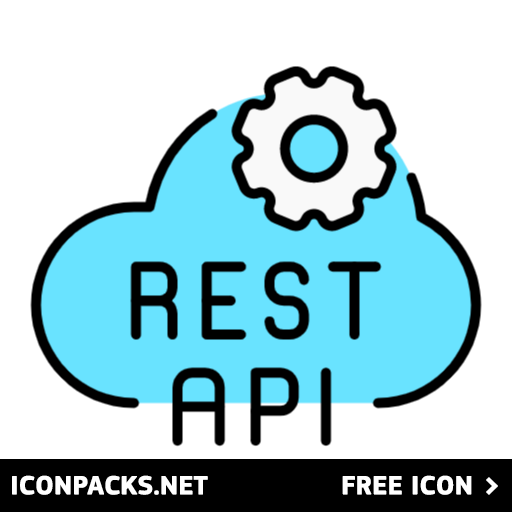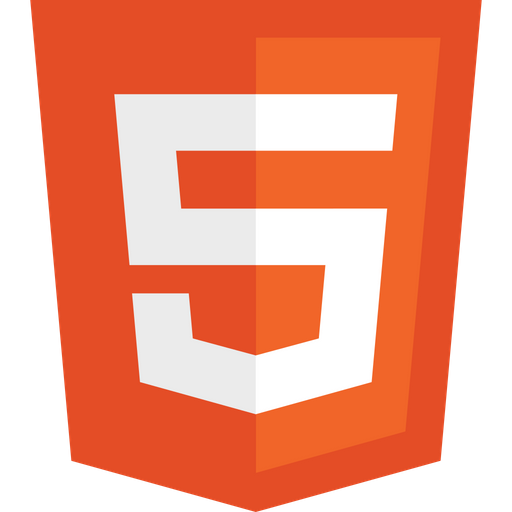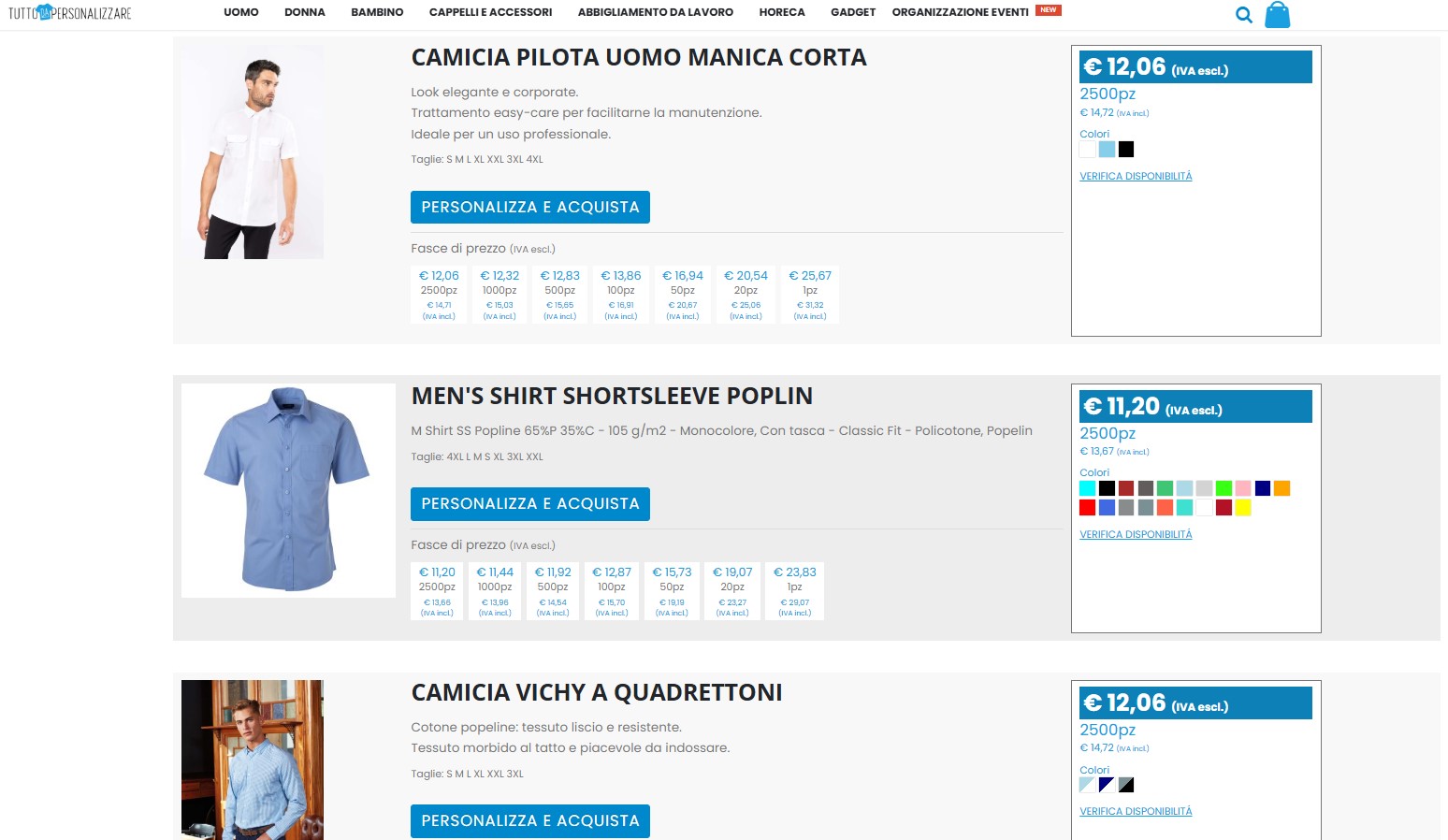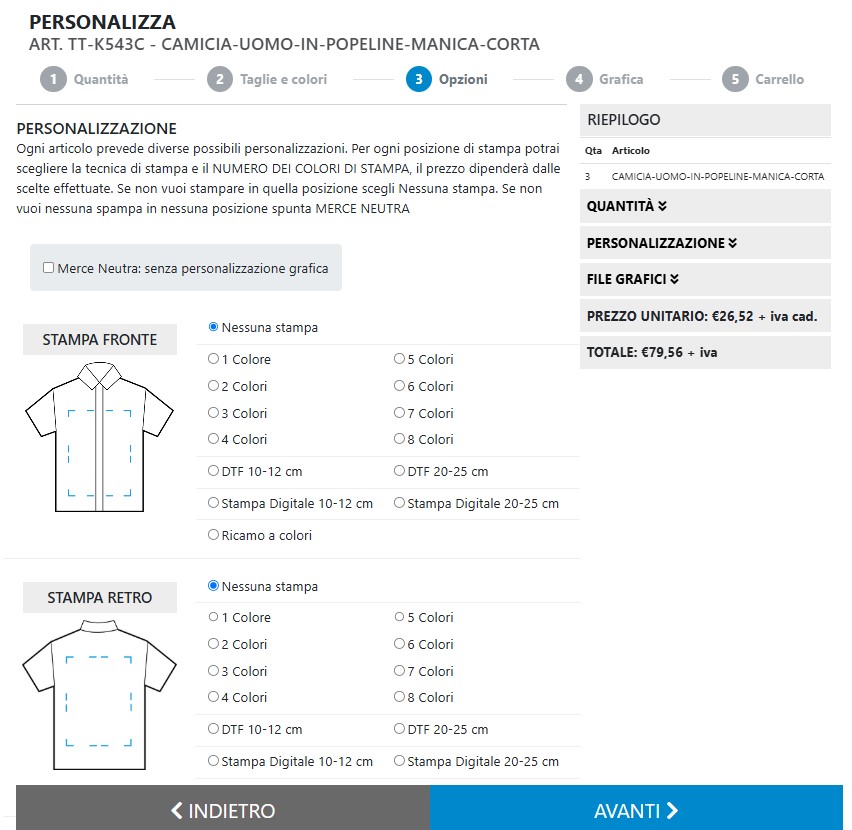Tutto da Personalizzare
A highly customizable E-commerce platform built with Adobe Commerce (Magento) and .NET backend, enabling product personalization across multiple suppliers.
Magento, E-commerce







Overview
The website integrates multiple technologies to offer a seamless customization experience for a variety of products. A dedicated team of three developers worked on the project, ensuring smooth functionality across all layers.
The core feature is the ability to customize products at multiple levels. For example, a T-shirt can have a logo on different parts (center, shoulders, back), and a cup can feature an image in specific areas. This is managed through a configurator built in Angular.
Despite not being a truly headless website, the frontend interacts with a .NET-powered backend via API calls, which handle product data, template configurations, and supplier logic. The E-commerce backend is powered by Adobe Commerce (Magento), ensuring scalability and robust order management.
Challenges & Solutions
Managing Multiple Suppliers
One of the major challenges was integrating and normalizing data from at least 7 different suppliers, each with unique logic and structures.
- Custom middleware was developed to standardize product data.
- Automated data synchronization with supplier APIs.
- Rule-based filtering to ensure consistency across the platform.
Product Customization Engine
The Angular-powered configurator follows a 4-step process to enable users to personalize products effortlessly.
- Dynamic UI rendering based on product type.
- Live preview functionality using .NET APIs.
- Seamless data transfer between frontend and backend.
Performance & Scalability
Handling API calls efficiently was crucial due to the real-time nature of product configuration.
- Optimized API request handling to reduce latency.
- CDN caching for frequently accessed data.
- Scalable hosting architecture to manage traffic spikes.
Email Marketing Automation
ActiveCampaign integration ensures an effective marketing strategy by segmenting users based on their interactions.
- Automated follow-ups based on user engagement.
- Personalized promotions based on past purchases.
- Cart abandonment recovery sequences.

